On October 13, 2024, SpaceX achieved a remarkable milestone in its quest to revolutionize space travel and rocket technology. The company, led by Elon Musk, successfully caught the first stage of its Super Heavy booster using a launch tower during the fifth test flight of the Starship vehicle. This achievement marks a significant leap toward fully reusable rockets, which have the potential to greatly reduce the costs of space exploration.
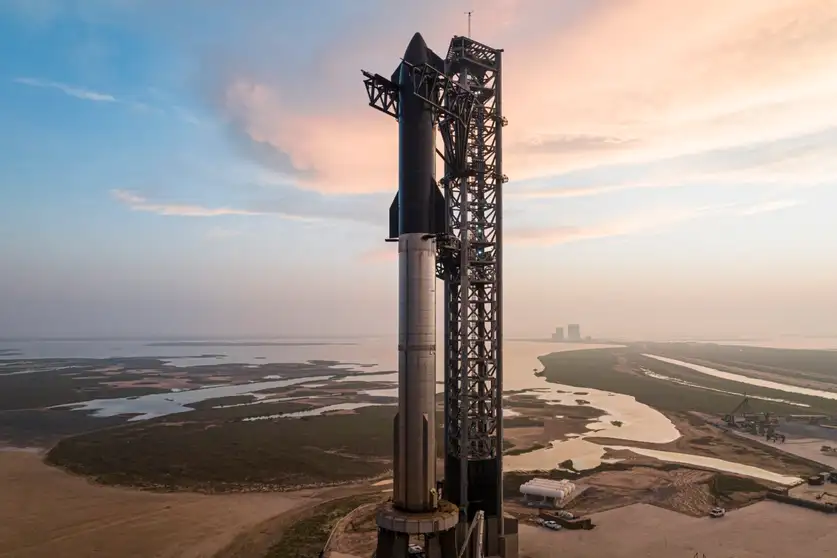
A Historic Feat: The Chopsticks Manoeuvre
At 8:25 a.m. EDT on October 13, 2024, the 400-foot-tall Starship rocket launched from SpaceX’s Starbase site in South Texas. While previous test flights featured the booster falling away and being destroyed, this time, SpaceX attempted something unprecedented.
The Super Heavy booster—the first stage of the Starship system—slowed itself down upon re-entry and descended gently toward the launchpad. In a stunning display of engineering precision, the booster was captured mid-air by the tower’s giant mechanical arms, known as the “chopsticks.”
This moment was groundbreaking, demonstrating SpaceX’s ability to catch a returning rocket stage with a launch tower—something that had never been done before. As Kate Tice, SpaceX’s Manager of Quality Systems Engineering, put it, “This is a day for the engineering history books. On the first-ever attempt, we have successfully caught the Super Heavy booster back at the launch tower.”
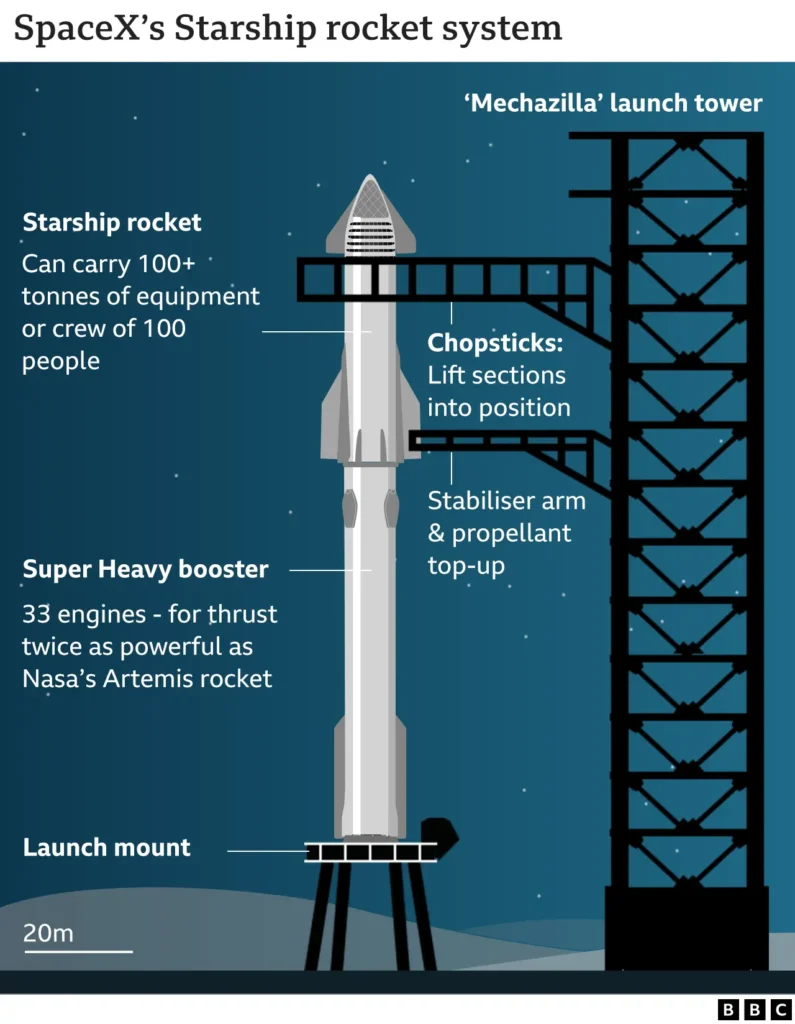
The Importance of Reusability in Space Travel
The successful catch of the Super Heavy booster is more than just an impressive feat of engineering; it represents a fundamental shift in the economics of space travel. The ability to reuse rockets will dramatically lower the costs associated with space exploration, enabling more frequent launches and opening the door to a new era of space missions.
Unlike traditional rockets, which are discarded after a single flight, reusable rockets can be relaunched multiple times. This reduces the need to build new rockets for every mission, saving millions of dollars per launch. With this achievement, SpaceX moves closer to fulfilling its vision of making space travel more affordable and sustainable.
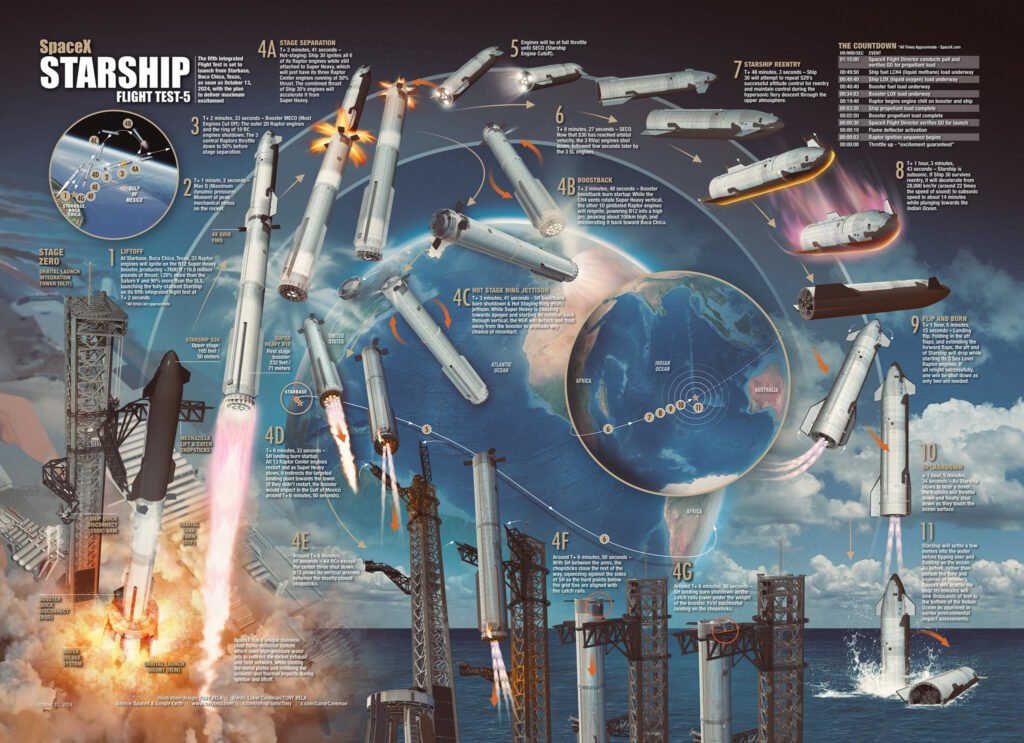
Starship’s Journey So Far: Key Milestones
2015: Falcon 9’s Groundbreaking Landing
SpaceX first demonstrated its commitment to reusable rocket technology in December 2015, when it successfully landed the Falcon 9’s first stage upright after delivering a payload to orbit. This event was a game-changer in the aerospace industry, proving that rockets could be reused instead of discarded.
2017: The First Reflight of an Orbital-Class Rocket
Two years later, in 2017, SpaceX made history again by launching and landing a previously flown Falcon 9 first stage, proving that rockets could be reused multiple times. This achievement marked a major step toward reducing the cost of space access.
2018: The Debut of Falcon Heavy
In 2018, SpaceX introduced the Falcon Heavy, the world’s most powerful operational rocket. The maiden flight was unforgettable, with Musk’s personal Tesla Roadster being launched into space. The synchronized landing of Falcon Heavy’s two side boosters further showcased SpaceX’s expertise in rocket recovery.
2020: First Manned Mission with Crew Dragon
In May 2020, SpaceX achieved another monumental milestone by launching astronauts aboard its Crew Dragon spacecraft to the International Space Station (ISS). This marked the first time a privately developed spacecraft carried humans into orbit, solidifying SpaceX’s status as a leader in commercial spaceflight.
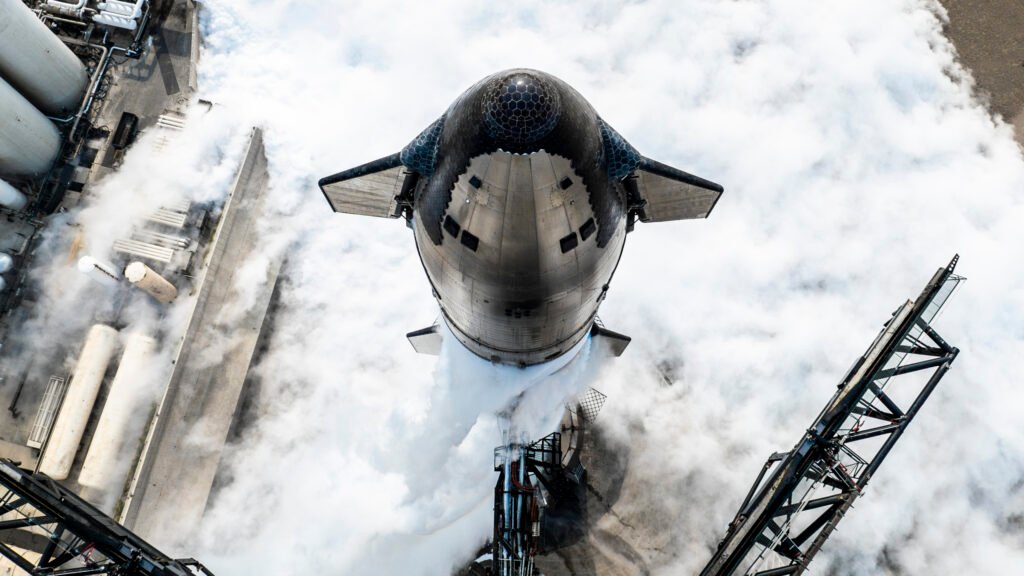
2021: The Inspiration4 Mission
September 2021 saw SpaceX launch the world’s first all-civilian spaceflight, the Inspiration4 mission. This mission was a pivotal moment for space tourism, demonstrating the feasibility of sending non-professional astronauts into orbit.
2022: Starship Unveiling
In 2022, Starship was unveiled as the next-generation spacecraft designed for interplanetary exploration. This spacecraft is intended to carry crew and cargo to the Moon, Mars, and beyond, as part of Musk’s vision for establishing human colonies on other planets.
2023: Starship’s First Orbital Flight Attempt
In April 2023, SpaceX conducted its first orbital flight test of Starship, though the mission ended prematurely when the spacecraft failed to separate from its booster. Despite the setback, the flight provided valuable data for future tests.
2024: Super Heavy Booster Catch
On October 13, 2024, SpaceX once again pushed the boundaries of what’s possible in space exploration by catching the Super Heavy booster with the launch tower’s mechanical arms. This historic achievement brings SpaceX closer to perfecting reusable rockets for missions to the Moon, Mars, and beyond.
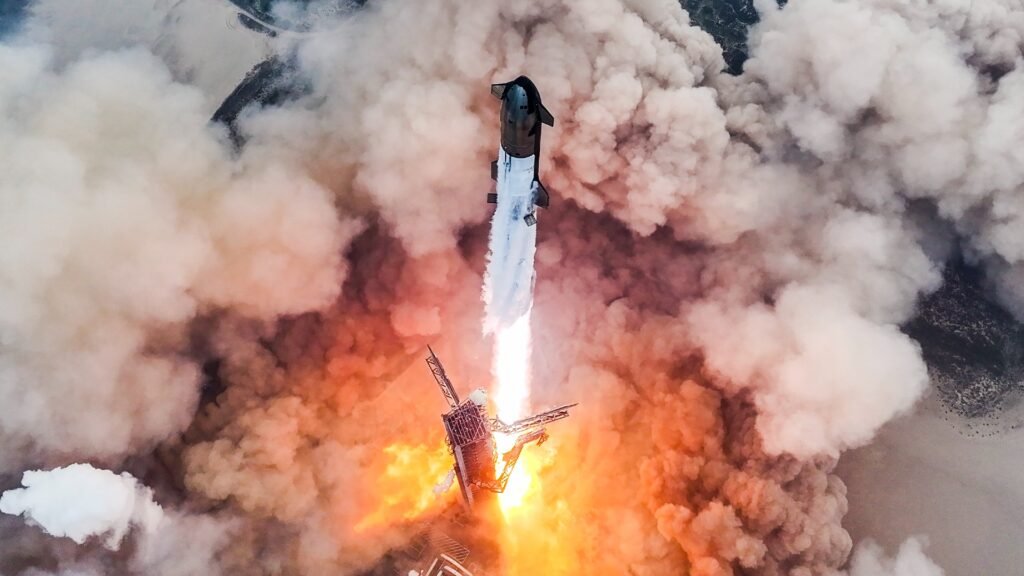
The Future of SpaceX’s Reusable Rocket Technology
The successful catch of the Super Heavy booster represents a significant step forward for SpaceX’s Starship program, which aims to develop fully reusable space vehicles for missions to the Moon and Mars. By catching the booster instead of letting it crash into the ocean, SpaceX can further reduce costs and turnaround times for future launches.
Lowering the Cost of Space Travel
One of the key goals of SpaceX’s reusable rocket technology is to lower the cost of space travel. Traditionally, the high cost of building and launching rockets has limited the number of missions that can be conducted each year. With reusable rockets, the cost per launch can be drastically reduced, making space exploration more accessible.
Expanding Space Exploration
Reusable rocket technology will also enable more ambitious missions, such as sending astronauts to the Moon and Mars. By making space travel more affordable, SpaceX can pave the way for future missions to distant planets, advancing human exploration of the solar system.
Interplanetary Travel
Elon Musk has long envisioned a future where humans live on multiple planets, and reusable rocket technology is essential to making that vision a reality. The ability to reuse rockets will make it easier to transport cargo and crew to the Moon, Mars, and beyond, opening up new possibilities for interplanetary travel.
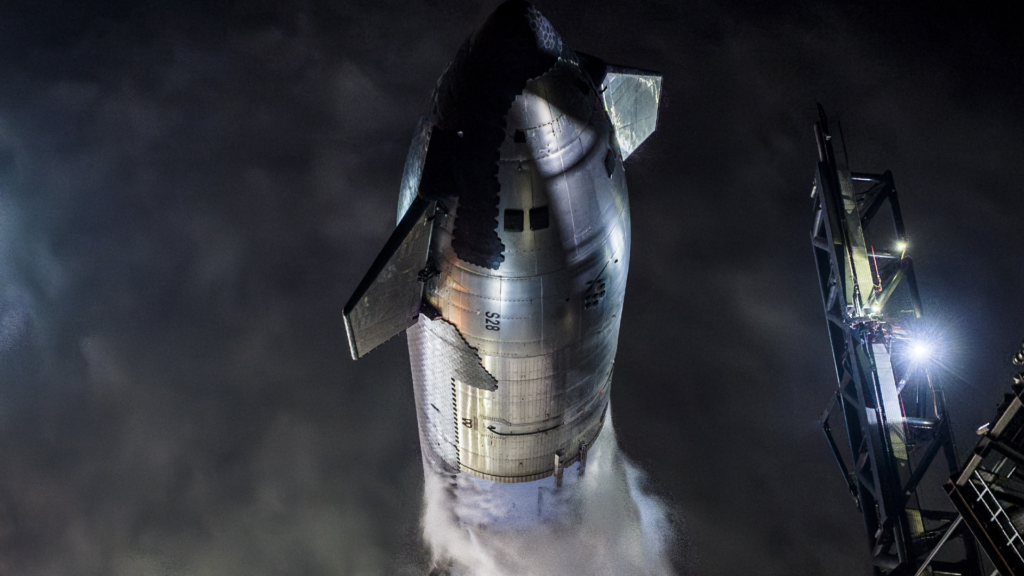
Conclusion
SpaceX Starship’s successful catch of the Super Heavy booster on October 13, 2024, marks a monumental achievement in the field of reusable rocket technology. By perfecting this technology, SpaceX is pushing the boundaries of what’s possible in space exploration and bringing us closer to a future where space travel is more affordable and sustainable. As the company continues to develop the Starship system, we can expect even more exciting milestones on the path to interplanetary exploration.











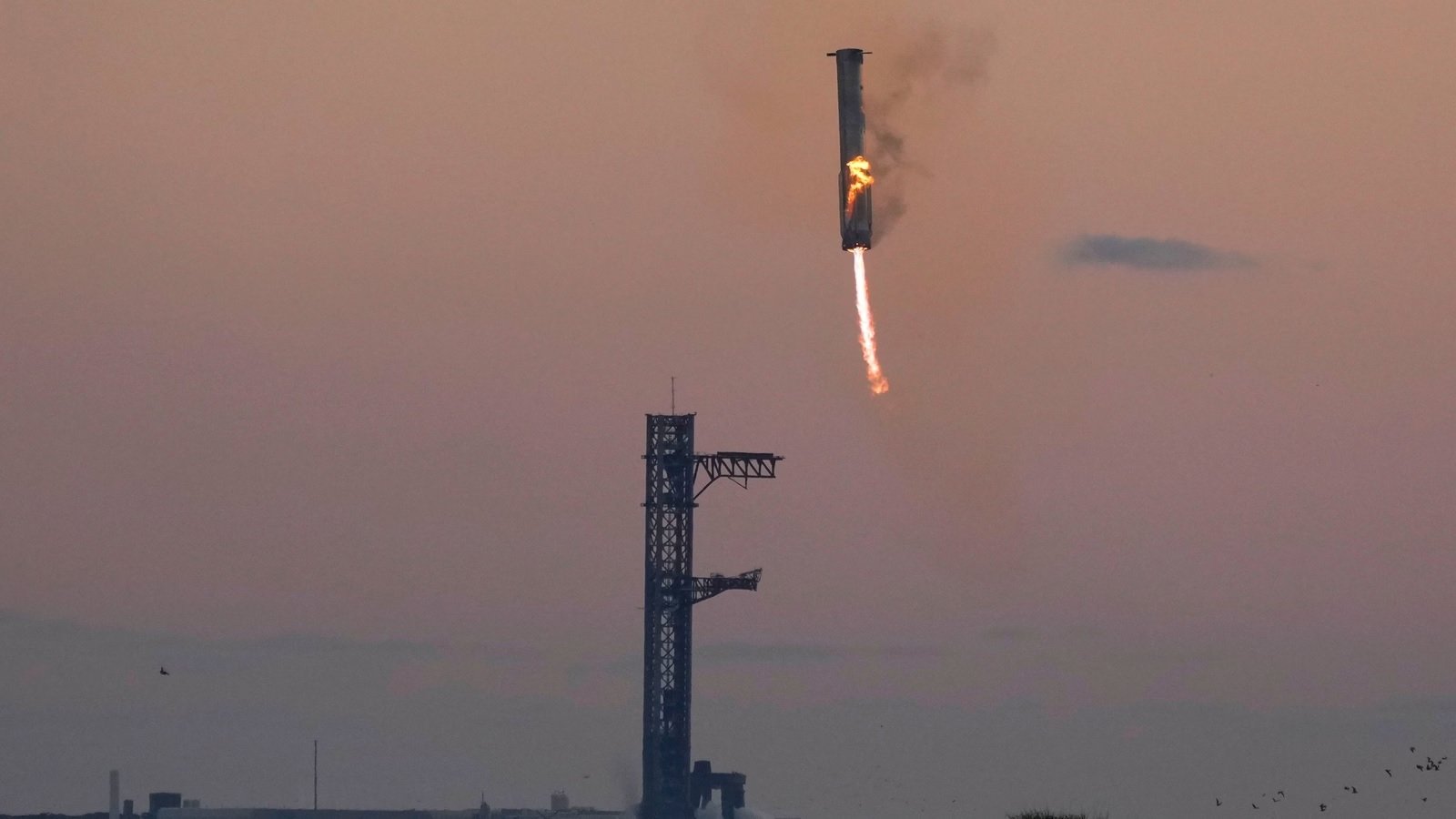




Thinker Pedia This was beautiful Admin. Thank you for your reflections.